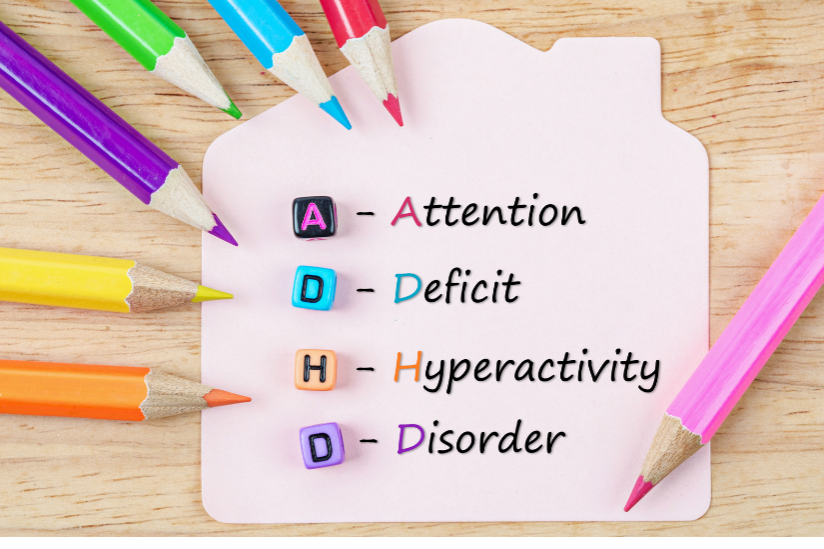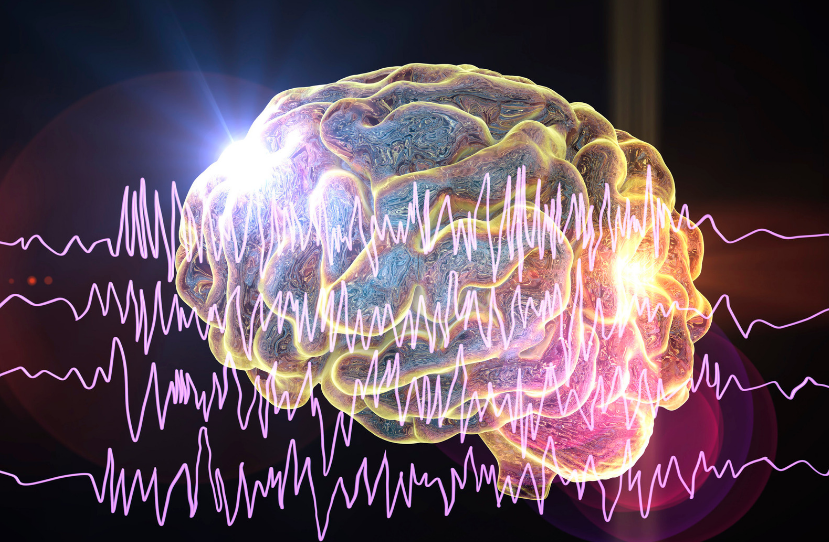ADHD/ADD
Everybody can have difficulty sitting still, paying attention or controlling impulsive behavior once in a while. For some people, however, the problems are so pervasive and persistent that they interfere with every aspect of their life: home, academic, social and work.

what is ADHD?
Attention-deficit/hyperactivity disorder (ADHD) is a neurodevelopmental disorder affecting 11 percent of school-age children. Symptoms continue into adulthood in more than three-quarters of cases. ADHD is characterized by developmentally inappropriate levels of inattention, impulsivity and hyperactivity.
Individuals with ADHD can be very successful in life. However, without identification and proper treatment, ADHD may have serious consequences, including school failure, family stress and disruption, depression, problems with relationships, substance abuse, delinquency, accidental injuries and job failure. Early identification and treatment are extremely important.
Common Symptoms Of ADHD
Therapy can help individuals with ADHD through Cognitive Behavioral Therapy (CBT) and Behavioral modification. New research shows Neurofeedback using a specialized ADHD protocol can have dramatic effect on focus and concentration abilities. This often reduces or eliminates the need for medication management.
ADHD predominantly inattentive presentation
· Fails to give close attention to details or
makes careless mistakes
· Has difficulty sustaining attention
· Does not appear to listen
· Struggles to follow through with instructions
· Has difficulty with organization
· Avoids or dislikes tasks requiring sustained
mental effort
· Loses things
· Is easily distracted
· Is forgetful in daily activities
ADHD predominantly hyperactive-impulsive presentation
· Fidgets with hands or feet or squirms in chair
· Has difficulty remaining seated
· Runs about or climbs excessively in children;
extreme restlessness in adults
· Difficulty engaging in activities quietly
· Acts as if driven by a motor; adults will often
feel inside as if they are driven by a motor
· Talks excessively
· Blurts out answers before questions have been completed
· Difficulty waiting or taking turns
· Interrupts or intrudes upon others
